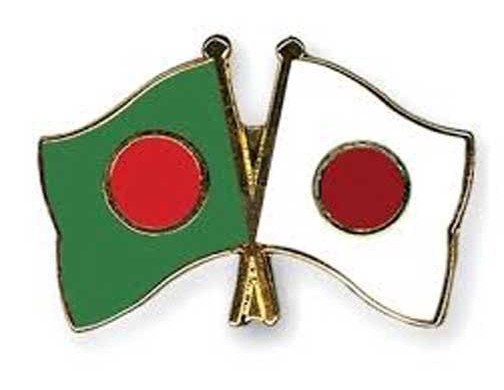The readymade garment sector is the driving force of the Bangladeshi economy, accounting for a massive 83 per cent of its exports in October-December 2015. The sector has resulted in Bangladesh enjoying a steady 6 per cent growth rate for more than a decade, but as the industry eyes the future, it will have to make major changes to make sure that growth is sustainable.
One example of these changes is how the denim sub-sector is using lasers instead of chemicals to “finish” the jeans.
The production of denim fabric includes making patterns, as well as getting the right colour for the most popular “blue” colour jeans. This requires washing the jeans using different types of chemicals.
It takes 100 litres of water to make an average pair of blue jeans according to industry insiders,  with more water needed for more complicated designs. Others have estimated much higher usage – up to 11,000 litres for a single pair of jeans.
with more water needed for more complicated designs. Others have estimated much higher usage – up to 11,000 litres for a single pair of jeans.
These designs can also be created using laser technology, and this would reduce chemical usage by about 20 per cent to 30 per cent, said Mustafiz Uddin, the owner of Denim Expert Limited. He is one of the pioneers of introducing the technology in Bangladesh and started using it in his factories in 2014.
Chemical usage has a direct impact on the amount of water needed to make the jeans, as they have to be washed afterwards to remove the chemicals. Nor is this where the damage stops.
The wastewater generated from such processes has had a catastrophic impact on the environment, creating a “water pollution disaster” leading to high costs to public health, agriculture and fisheries.
Any initiative that reduces the usage of chemicals in the garment sector, and the consequent generation of wastewater, is therefore a very big step forward.
Designing more environmentally friendly denim
Traditionally, a pair of jeans was faded by washing the material in a chemical bath. Now it can be done with a simple automated laser ray in a second, said Abu Haider Kabir, the business development manager of Denim Expert Limited. This is not just a procedural shift, but minimises the use of chemicals, water and time.
This allows the rate of production in a factory to increase, without impacting the quality of the product, or overworking the workforce, Mustafiz told thethirdpole.net. The new technology also reduces the risks of accidents to the workers. With lower use of chemicals, there is lower likelihood of a toxic accident.
Today the new technology is gaining ground among other denim producers as well.
Advertisement
Mohammed Sumon, marketing director of Tusuka Jeans Ltd, another large denim producer told thethirdpole.net that, “the technology is gaining popularity in the country’s RMG sector day by day”.
Consumers and buyers, especially from Europe, are increasingly concerned about the environment-friendly and water efficient aspects of the technology. This is nudging producers to take the new sustainable path, he added.
According to the latest data of Bangladesh Denim Expo, around 274 million metres of denim is produced per month by 26 factories operating in Bangladesh.
The Bangladesh Export Promotion Bureau estimates the country exported finished denim products worth USD 430 million to the US and Euro 1.8 billion worth of products to the European Union in 2015.
Bangladesh hopes to become the world’s third largest denim exporter, after the US and Italy, in the next five years. The producers have set a target to export USD 7 billion of denim by 2021. The industry is already shifting from China to Bangladesh because of rising production costs and a shortage of workers.
Buyers and consumers have become more concerned about global warming and environmental hazards. That is why Bangladeshi manufacturers are installing technologies that consume less water and chemicals.
The initiative is aimed at giving a cushion to the earth, said Abdus Salam Murshedy, a former president of the Bangladesh Garments Manufactures and Exporters Association (BGMEA).
The global market for denim is projected to reach USD 64.1 billion by 2020, according to Bangladesh Denim Expo. If the country fails to make factories green and water efficient, it will fail to capture the global market, which is considered to be a golden opportunity for Bangladesh’s apparel makers.
The fear of failure is ultimately pushing the apparel businesses in the country to make themselves green, added Murshedy, who also owns the Envoy Group, another major denim factory in Bangladesh.
As a method that saves water, improves production, lowers risks to workers, and also pleases global consumers, few initiatives are a better example of win-win as this shift taking place in Bangladesh’s denim factories.
-eco-business
















